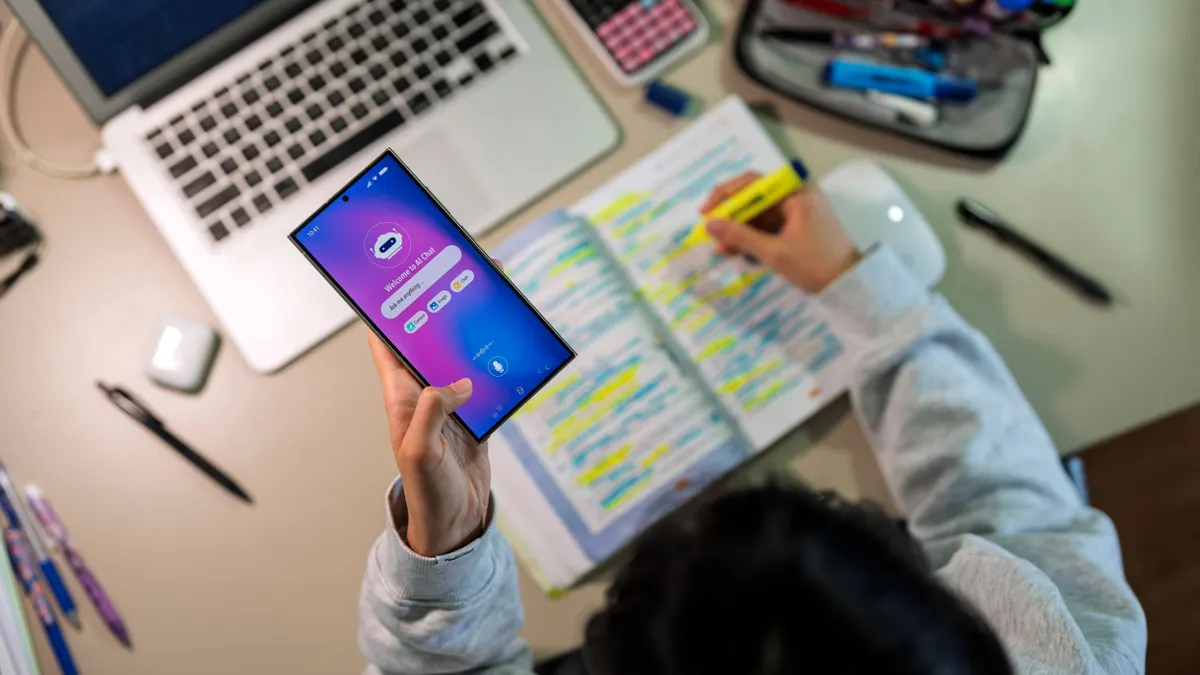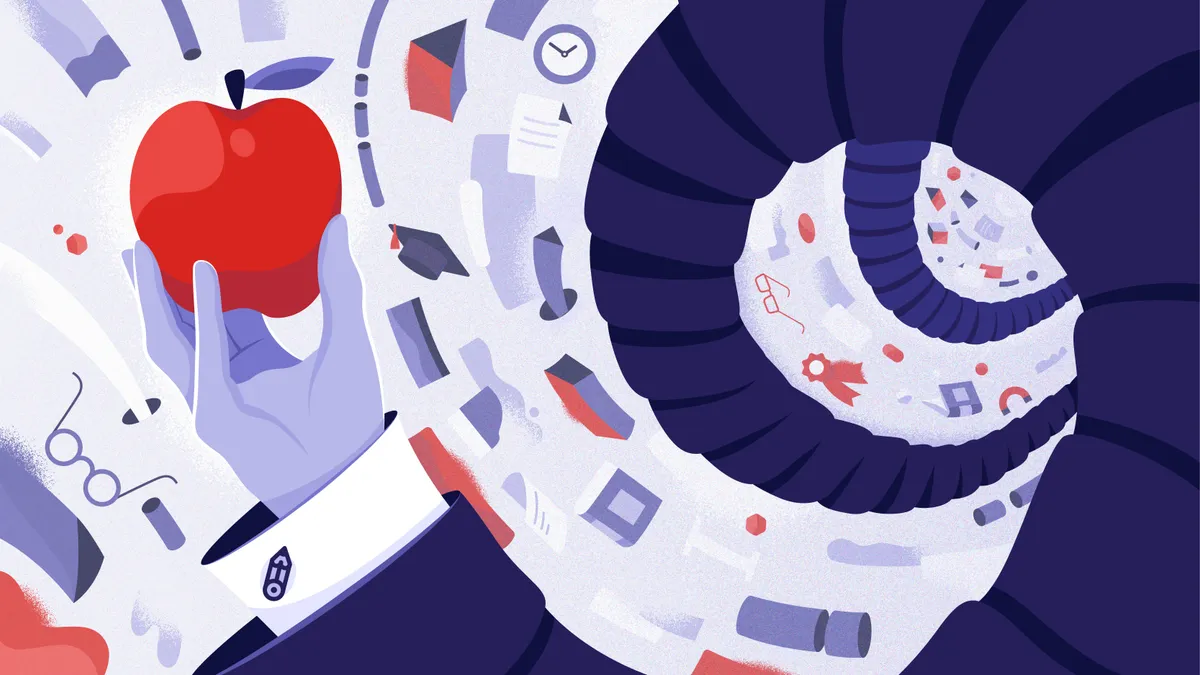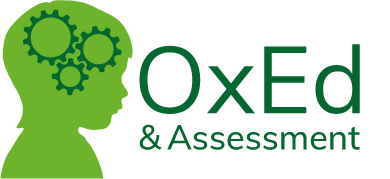Dive Brief:
- About two-thirds of students in grades 6-12 said that using artificial intelligence in the classroom will significantly improve their educational experience and introduce them to new ideas in their learning, according to a survey released Thursday by Project Tomorrow, an education research nonprofit.
- But students’ views on AI use in schools are not entirely positive, as the survey also highlighted some of their top fears involving the technology, including that AI can spread misinformation and can be used to harm people. Some 63% of students also said they’re worried about being falsely accused of using AI to cheat, the report found.
- At the school level, 61% of students in grades 6-12 said they didn’t know or were unsure if there were policies on using AI for schoolwork. Over two-thirds of teachers also said clear AI use guidelines in schools need to be a top priority for K-12 leaders, according to the research.
Dive Insight:
While there is some optimism and excitement among district leaders about integrating AI in the classroom, that same sentiment isn’t always shared by students, said Robin Lake, director of the Center on Reinventing Public Education. Lake, as an industry expert, joined Project Tomorrow on Thursday during a virtual Congressional briefing on its latest research.
Students' top five fears over the technology are the potential for AI to disseminate misinformation (69%), the use of AI to harm others (65%), being falsely accused of cheating from using AI (63%), how their data is stored or used by AI systems (57%) and the potential inaccuracies AI provides (56%).
This “disconnect” between education leaders' eagerness and some students' hesitation can be seen when students express fears about using AI in school because they’re worried about accusations of using the technology to cheat on assignments, Lake said. There’s also not enough school guidance on AI, and the use of these tools is highly uneven across states, districts and even classrooms, she added.
“The adults in schools haven’t yet been able to give students the guidance or trust that they need to use these tools responsibly,” Lake said. “That’s really a reflection of how the fear and confusion that’s out there — and sometimes resistance — are already shaping learning in unhelpful ways around AI.”
Meanwhile, 40% of students said in the Project Tomorrow survey that they are using AI tools to self-direct their learning outside of school.
But students still see the benefits of using AI in schools. For example, the three key ways AI can help with learning that students identified in the Project Tomorrow survey are: An increase in access to resources and new ideas that aren’t typically available in the classroom, resources for developing college and career readiness skills, and the ability to make learning processes more efficient.
Other avenues that AI can support student learning, students said, include:
- Brainstorming ideas for assignments (56%).
- Analyzing notes from class (52%).
- Receiving feedback on writing assignments (52%).
- Accessing tutoring services outside of school (45%).
- Summarizing a text they’re reading (40%).
- Researching subject matter for classwork (38%).
- Managing due dates for assignments (36%).
- Translating written or spoken material (33%).
An 11th grader in Scottsdale, Ariz., said during the Thursday briefing that he tries to be careful and aware of any possibly misinterpreted information generated by AI. It’s best to use AI as a way to enhance learning, he said, and not just to get an answer to a question. The student added that the first step to tapping into AI to better support student learning is for schools to establish guidelines to help students and staff understand acceptable use and gain AI literacy skills.
Project Tomorrow conducted the survey during the 2024-25 school year, and it polled over 65,000 students, educators, school administrators and parents across 670 schools.
Project Tomorrow’s research follows related findings from the Center for Democracy & Technology earlier this month. CDT’s survey of students and teachers reported that while a large majority of both groups are using AI, the risks have also increased. CDT added that the more schools use AI, the more likely they are to deal with data breaches and ransomware attacks, sexual harassment and bullying as well as concerning interactions between students and AI tools.














